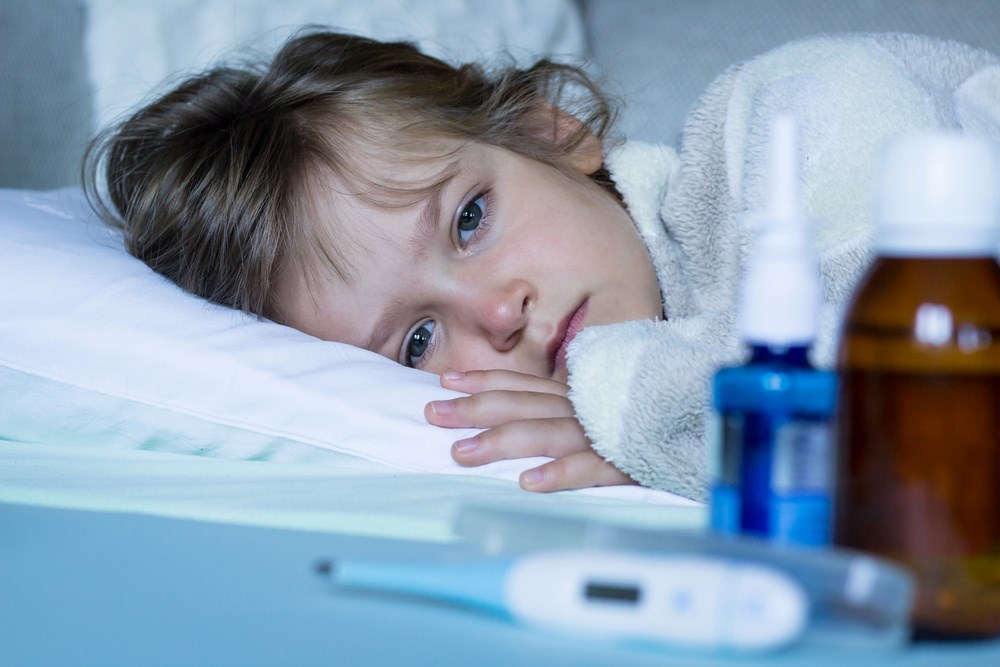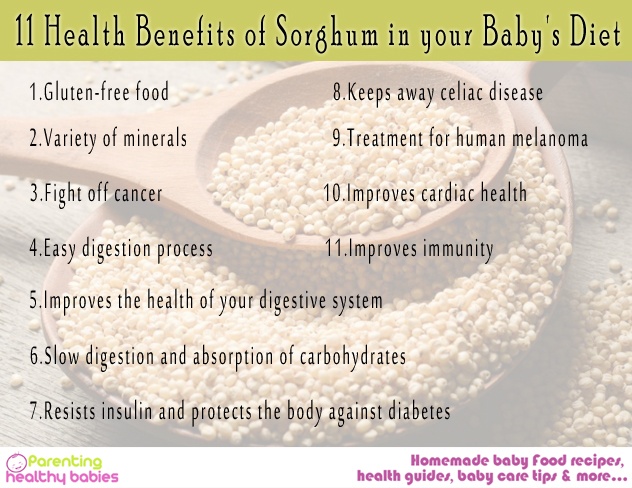As parents, you want to do everything you can to keep your children healthy, safe, and comfortable. It can be worrying and stressful, especially when your little ones are sick and in pain. One medication often used to alleviate these symptoms is paracetamol. But, as with any medication, it’s crucial to understand how to use it safely and effectively.
It’s essential to know what does paracetamol do, when it is appropriate to give it to your child, and how to administer it correctly. If you’d like to learn further, this guide will give you the knowledge you need to make informed decisions about your child’s healthcare.
What Is Paracetamol And How Does It Work?
Paracetamol is a common pain and fever medication used by people of all ages. It’s generally considered safe when used as directed, but parents must understand how to properly administer the medicines to their children.
Paracetamol relieves pain and fever, inhibiting the production of prostaglandins, substances in the body that contribute to pain and inflammation. It does this by inhibiting the activity of cyclooxygenase (COX), an enzyme responsible for the synthesis of prostaglandins.
There are two main types of COX enzymes: COX-1 and COX-2. COX-1 is involved in producing prostaglandins that are necessary for maintaining the normal function of various tissues in the body, such as the stomach lining and the kidneys. COX-2, on the other hand, produces prostaglandins that contribute to inflammation and pain.
Paracetamol primarily targets COX-2, which is why it’s effective at relieving pain and reducing fever. However, it also has some inhibitory effects on COX-1, which may contribute to its potential for side effects, such as nausea and stomach irritation.
Is Paracetamol Safe For Children?
Paracetamol is generally considered safe for children when used as directed. It has been widely used for decades and has a proven track record of effectiveness and safety in children. However, it’s essential to follow the dosage instructions on the label and not exceed the recommended amount. Overdosing on paracetamol can be harmful and even deadly.
How To Give Paracetamol To A Child?
When giving paracetamol to your child, it’s crucial to follow the dosage instructions on the label. The dosage will depend on your child’s age, weight, and the severity of their symptoms. Moreover, it’s best to use an appropriate measuring tool, such as a spoon or syringe, to give the correct amount. Often, this is provided in the box when you buy paracetamol in the pharmacy.
Paracetamol can be given orally (by mouth) or rectally (through the rectum). If your child can swallow pills, you can provide them with paracetamol as a pill or capsule. You can give them the medication as a liquid suspension or chewable tablet if they cannot swallow pills.
If you’re giving your child paracetamol rectally, you will need to use a rectal suppository. You can follow the instructions on the package for proper insertion.
What Are The Possible Side Effects Of Paracetamol On Children?
Most children do not experience any side effects when taking paracetamol as directed. However, some children may experience an allergic reaction to the medication, manifesting as a rash, itching, or difficulty breathing. If you notice any of these symptoms in your child, it’s best to stop giving them the medication and seek medical attention immediately.
Other potential side effects of paracetamol in children include nausea, vomiting, and stomach pain. You should contact your healthcare provider if these symptoms persist or are severe.
When Not To Give Paracetamol To A Child?
There are some situations in which you should not give your child paracetamol. These include:
- If your child is allergic to paracetamol or any of the other ingredients in the medication
- If your child has liver or kidney problems
- If your child is taking other medicines that contain paracetamol
It’s also important to talk to your healthcare provider before giving paracetamol to your child if they have any underlying health conditions or are taking other medications.
What To Do If You Miss A Dose?
If you miss a dose of paracetamol for your child, you should give the missed dose as soon as you remember. However, if it’s almost time for the next dose, you can skip and continue with the regular dosing schedule. It’s crucial not to give your child two doses of paracetamol simultaneously just to make up for a missed dose.
If you frequently forget to give your child their doses of paracetamol, it may be helpful to set a reminder on your phone or use a medication tracker to help you stay organized.
Conclusion
Paracetamol is a common over-the-counter medication that relieves pain and reduces fever in children. It’s considered safe when used as directed, but parents must understand how to properly give it to their children to ensure the best possible outcomes. It’s vital to follow the dosing instructions provided on the packaging or as directed by a healthcare provider and to be aware of the potential for side effects and precautions.
Suppose your child is experiencing severe or persistent pain or fever or has underlying health conditions contributing to their symptoms. In that case, seeking medical attention is essential rather than relying on over-the-counter medications. By following these guidelines, parents can help ensure that their children receive the appropriate care and treatment when experiencing pain or fever.













